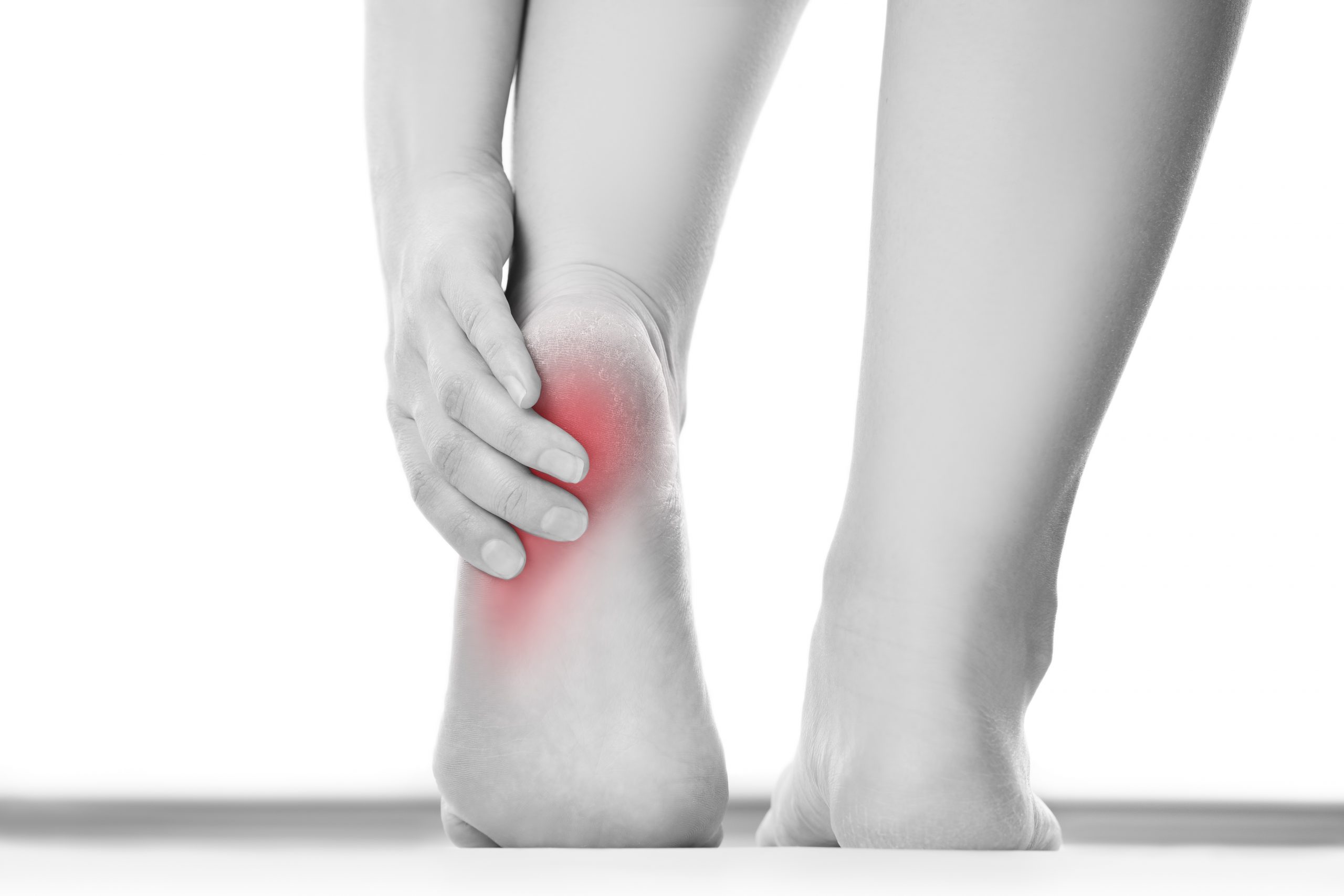Apr 15, 2025

What Is Plantar Fasciitis?
Plantar fasciitis, or "heel spur syndrome," is an inflammation of the plantar fascia—the thick band of tissue connecting the heel to the toes. It causes sharp heel pain, especially when taking the first steps in the morning or after prolonged rest. Symptoms may come and go but can become chronic without proper treatment.
Overuse: Excessive strain on the plantar fascia from activities like running, standing for long periods, or sudden increases in physical activity.
Foot Structure: High arches, flat feet, or abnormal gait.
Medical Conditions: Diabetes, chronic arthritis, or obesity.
Age and Lifestyle: More common in women, older adults, and those wearing high heels or unsupportive footwear.
Environmental Factors: Running on hard surfaces or wearing thin, rigid shoes.
Sharp, stabbing pain in the heel or along the arch, often worst in the morning.
Pain flares after sitting/resting and improves with movement but returns after prolonged activity.
Chronic cases may experience constant pain affecting daily life.
Physical Exam: Assessment of pain location and foot structure.
Imaging:
X-rays: Detect calcium deposits (heel spurs) at the fascia’s attachment point.
Ultrasound: Reveals thickening or swelling of the plantar fascia.
Initial Care:
Medication: Anti-inflammatories, muscle relaxants, or pain relievers (short-term use under medical supervision).
Behavioral Adjustments: Rest, avoiding barefoot walking on hard surfaces, using cushioned shoe inserts.
Stretching: Daily calf and plantar fascia stretches.
Advanced Therapies:
Physical Therapy: Ultrasound therapy to reduce inflammation.
Shockwave Therapy: Stimulates healing in chronic cases.
Night Splints: Keep the foot flexed to stretch the fascia overnight.
Surgery: Considered if conservative treatments fail after 6–12 months. Techniques vary based on patient needs.
Footwear: Choose supportive shoes with soft soles and avoid high heels.
Weight Management: Reduces pressure on the feet.
Activity Modifications:
Runners: Shorten stride, avoid excessive heel striking.
Use orthotic inserts for flat feet or high arches.
Avoid Prolonged Standing/Walking: Take breaks and stretch regularly.
Custom Orthotics: For structural abnormalities, consult a specialist.
Key Takeaway
Plantar fasciitis is closely linked to lifestyle habits. Early intervention and preventive measures—like proper footwear and weight control—can alleviate symptoms and reduce recurrence. If heel pain persists, seek medical advice to avoid chronic complications.

